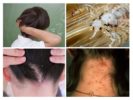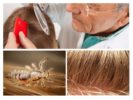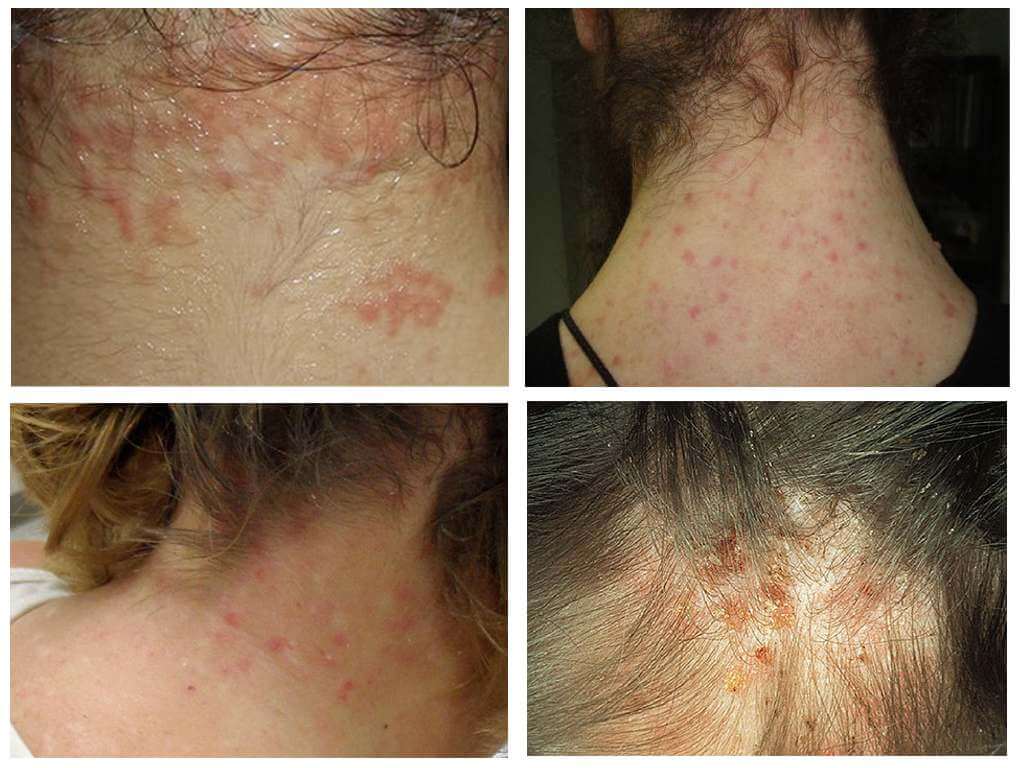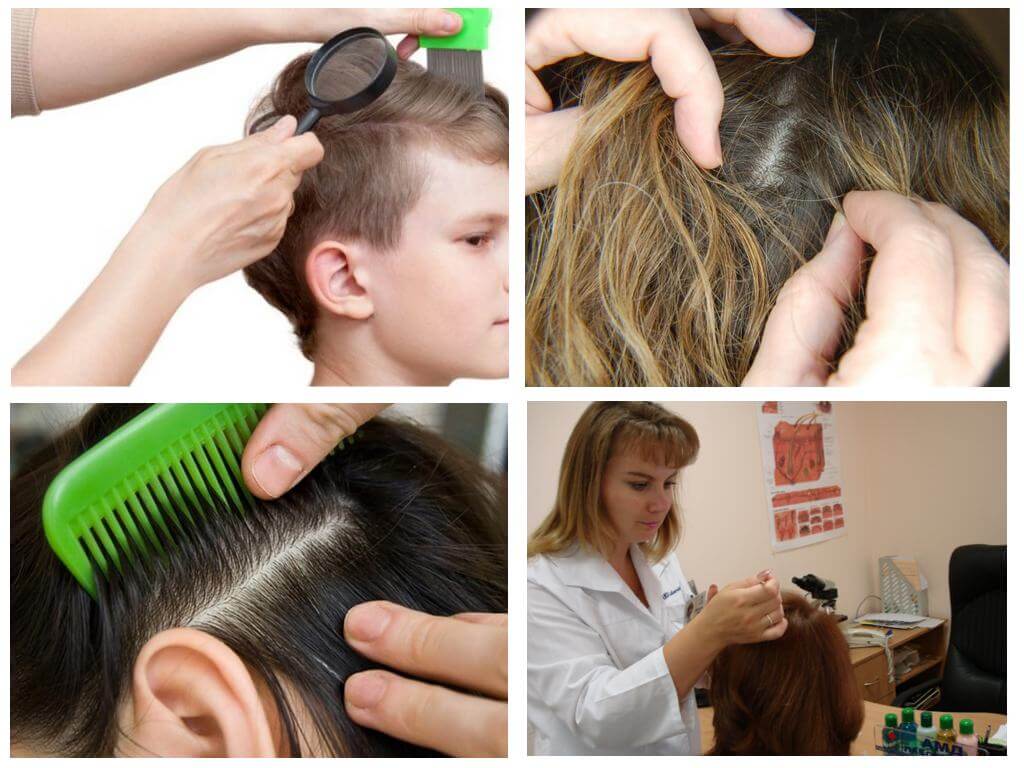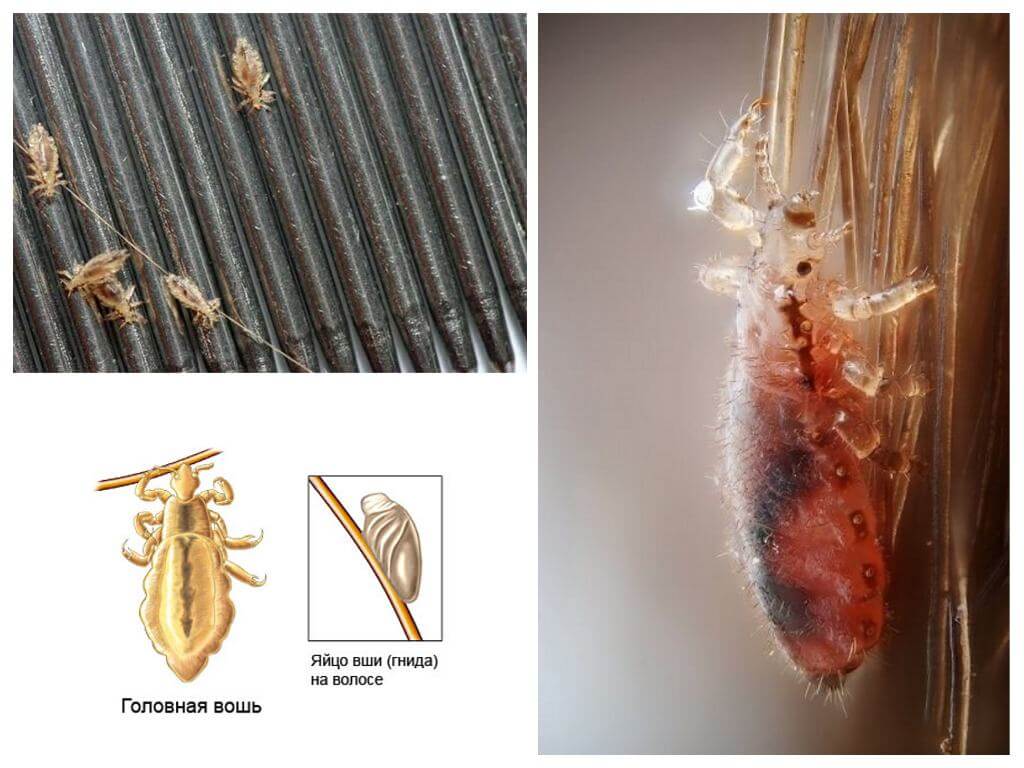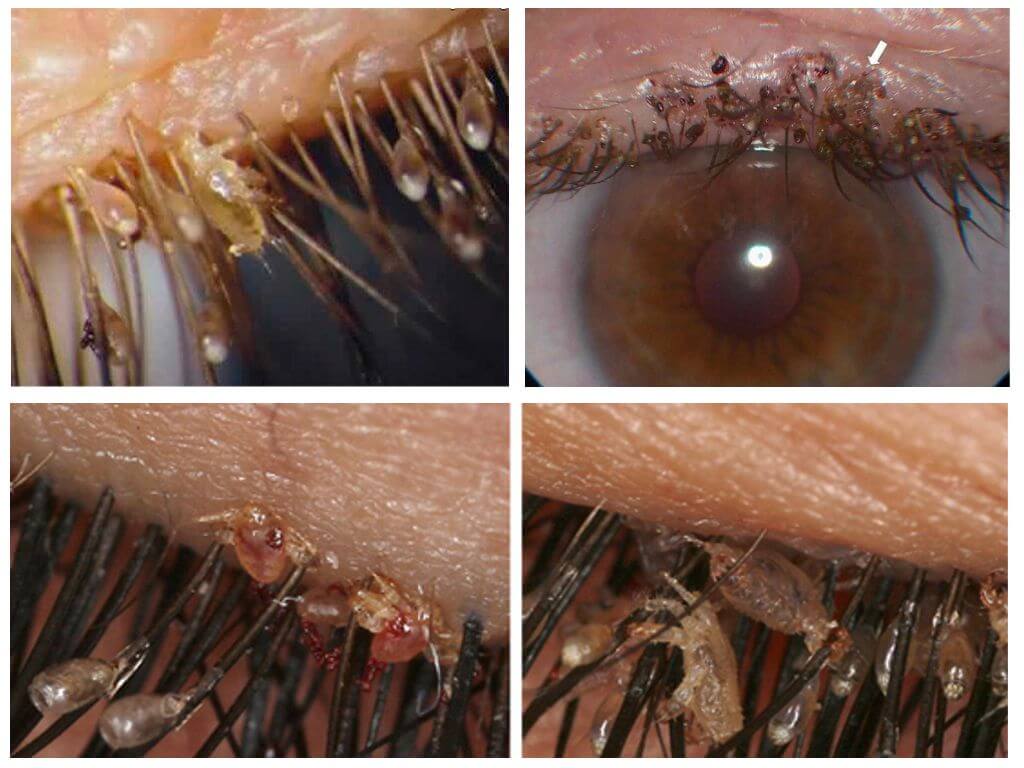- Itchy scalp
- Pediculosis hair examination
Peak incidence head lice in educational institutions in the fall. Children come back from camps and bring on their hair lice. In the classroom, boys and girls communicate closely and transmit parasites to each other. Therefore, the prevention of pediculosis in school in children is necessary. Thanks to her, the growth of the disease is controlled and does not grow into an epidemic.
Pediculosis Prevention Activities
In an educational institution, there is a risk of catching a parasite. But this is not a reason to transfer the child to home schooling. The state takes care of students by issuing instructions that indicate what measures to prevent pediculosis should be carried out.
Talks with children and their parents on the topic of parasitic diseases and their spread. Mom and dad are asked to monitor the child and warn the school if he gets sick to prevent the spread of the disease.
On a note!
If the child has red marks behind the ears and on the back of his head, it is worth examining his hair. Parents should be warned if their student complains of headaches and itchy skin. If no traces of lice were found on the head, but the child continues to itch, you should examine the body and clothing.
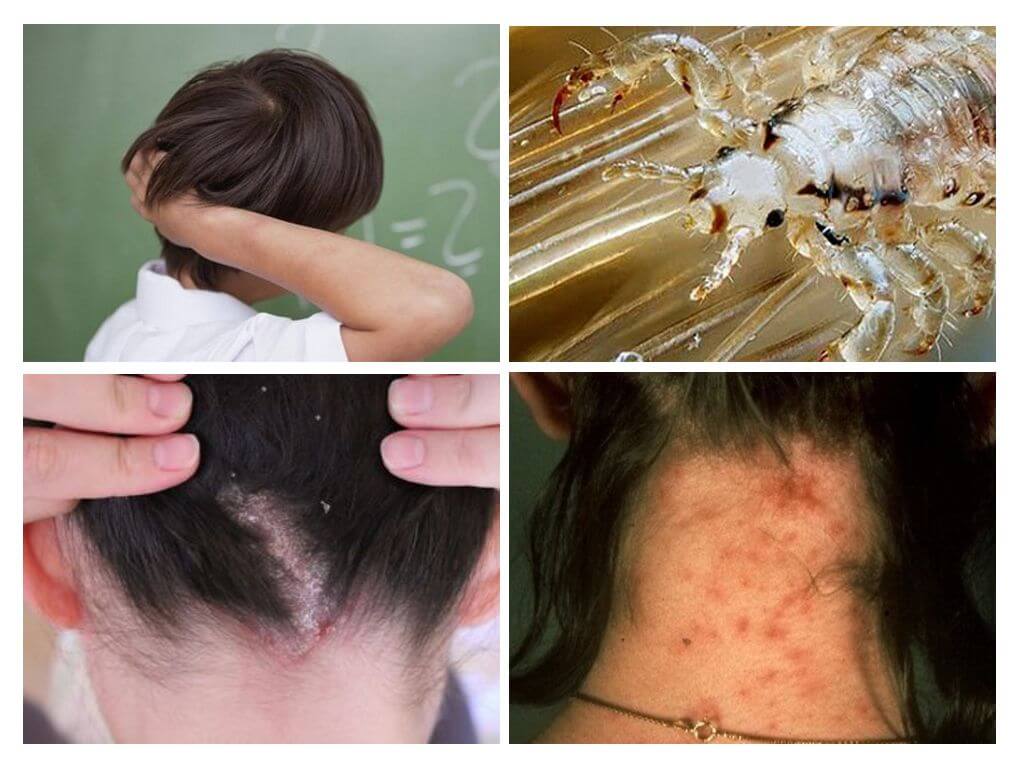
An order for pediculosis at school obliges employees of the institution:
- monitor the cleanliness of the room;
- isolate sick children from healthy ones;
- allow students to attend classes after rehabilitation from nits and lice;
- tell students about hygiene rules;
- conduct preventive examinations.
A sample school order can be found on the Internet or ask the school principal.
In educational institutions, for the prevention of infection with lice, classes are held in which the doctor talks about danger of lice and methods for its prevention. The kids are checked after every vacation.
Pediculosis Prevention Plan
Each school draws up an action plan for the prevention of parasitic diseases. This document indicates what should be carried out in school walls to prevent the development of the disease. For each item, deadlines and a responsible person are assigned, most often the paramedic.
The document indicates not only activities that relate to students. School employees are required to familiarize themselves with regulatory documents:
- SanPin 3.2.3215-14;
- guidelines for lice control;
- Law “On the sanitary epidemiological welfare of the population”.
For students scheduled examinations. It is indicated when it is necessary to carry out explanatory work with parents. The action plan is available on the school website.
Scheduled and unscheduled inspections
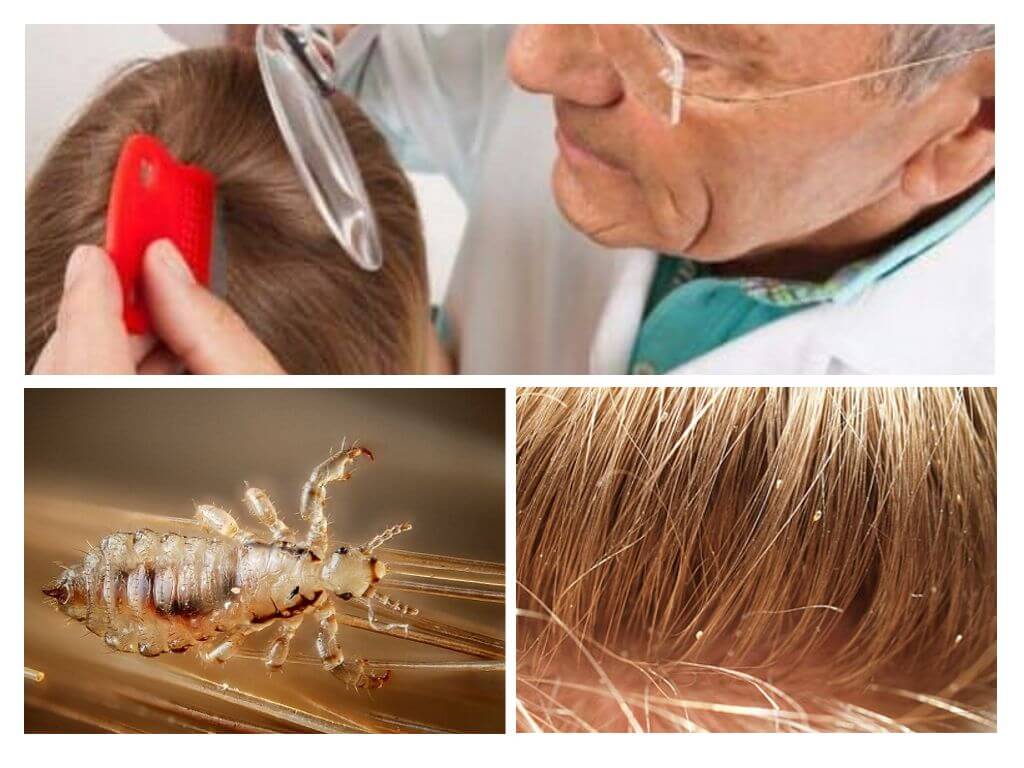
The main prevention of pediculosis in secondary school (secondary school) remains routine examinations for the presence of lice and nits. They are conducted by a school doctor or nurse. IN SanPin Resolution 3.2.3215-14 it is indicated that scheduled examinations are carried out four times a year, after each vacation.
On a note!
You should not rely only on an educational institution in this matter. The parent is required to independently examine the child at home. Take a magnifying glass, choose a well-lit place and start inspecting the hair on your head. You need to check every strand, starting with the temple. The bedding and underwear are checked.
The school healthcare provider should carefully examine students' hair. He leads a special pediculosis examination logwhich indicates all the data. This document states:
- when the students were examined for the presence of lice in students;
- class number and the number of children in it;
- data about infection with lice.
If the doctor was able to detect a disease in the student, then he is removed from school until complete recovery. Lice treatment held in the native walls. Doctor prescribes effective remedy for licewhich can be used for skin treatment.
If the parents found lice, then they must inform the school doctor about it. Then an unscheduled examination of the students is carried out.
What parents need to know
To prevent pediculosis from spreading in the children's team, parents should also take preventative measures at home:
- Keep your baby's uniform and clothes clean to prevent the appearance of body lice.
- Use baby shampoo to wash your hair. Wash your hair at least twice a week. Can be used prophylactic agentsthat come in the form of pharmaceutical preparations or essential oils.
- Check hair for lice eggs once a week. To know, what lice and nits look like, you can see the photo.
On a note!
Lice appear less frequently in boys than in girls. To protect the daughter, the following rule should be observed - to braid her hair in a pigtail or bun.
At school, mom and dad can give out a pediculosis reminder. If you follow what is written in it, the risk of picking up a blood-sucking insect will decrease several times.
Not always compliance with preventive measures save from the appearance of insects and their nits in the hair. If this happens, it is worth warning the school attendant about the disease. The remaining children in the class will be checked, and a pediculosis patient will be treated at home. For the duration of the illness, he will be suspended from classes and allowed to them only if there is a certificate.
The doctor will prescribe a drug through which get rid of lice can be a couple of days.
Anyone can get this unpleasant disease. Most often, children become infected with pediculosis. The school provides preventive care, but you should not rely solely on teachers and paramedics. Tell your son or daughter that you must not use someone else's thing and you should avoid close contact with those who show signs of lice.
